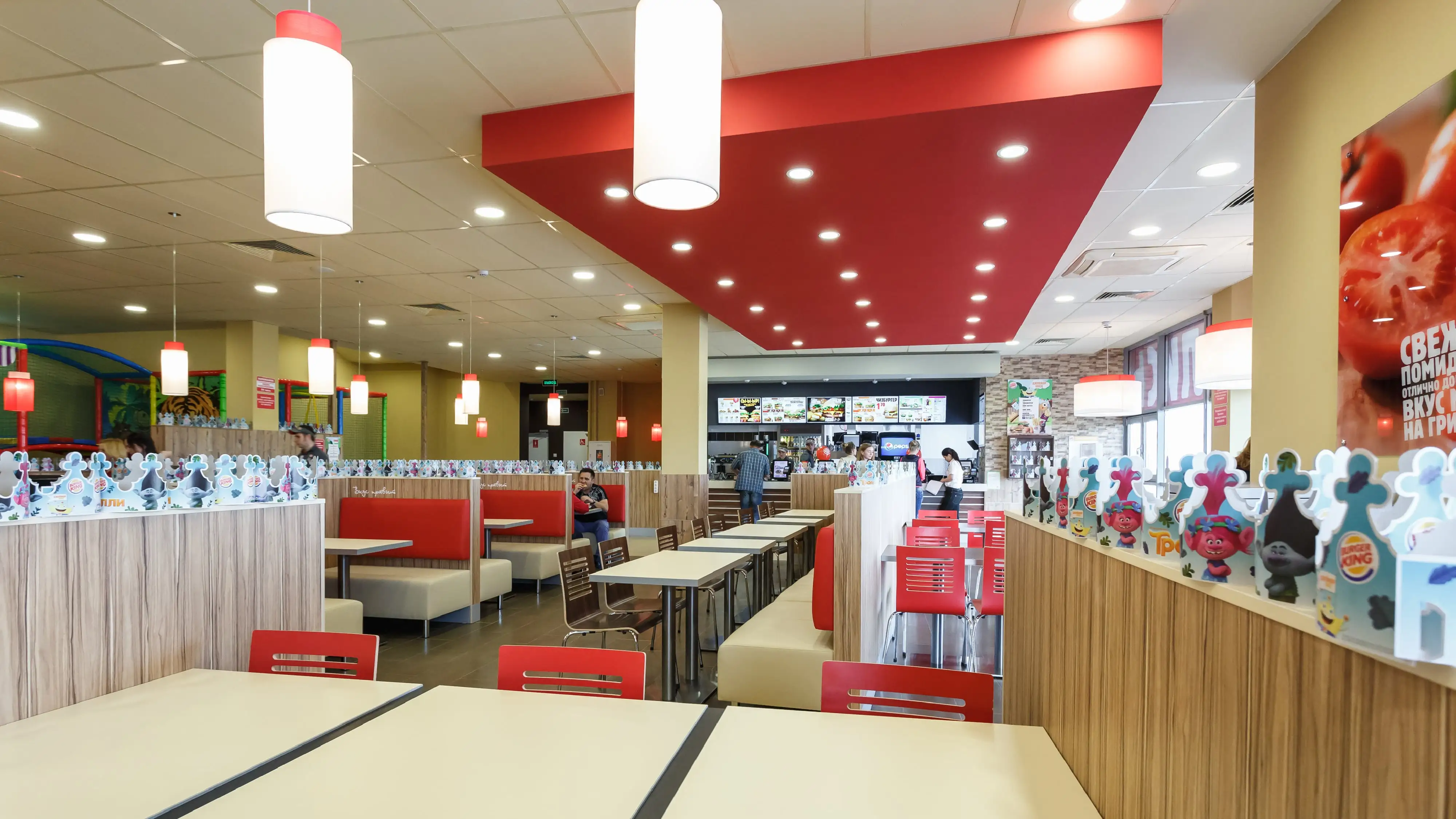ENHANCING FIXTURE FEASIBILITY IN RETAIL FIXTURE DESIGN

Retail and Design are two separate things.
Referring to an exchange of goods and services between a business and its consumers, retail essentially refers to commerce. Design on the other hand, refers to a thing (read: a plan) through which other things are made, thereby referring to arts and/or engineering.
The area between the two spectrums is where we function. Serving the purpose of the word ‘and’ between Retail and Design above, we act as a conjoiner, bringing 2 seemingly separate disciplines together.
We’ve gone through thousands of briefs, lakhs of working projects and millions of binned concepts; working a whole range of challenges, we’ve identified recurring theme in retail fixture design - Feasibility.
One such brief came in from a renowned automotive brand not too long ago - they needed a state-of-the-art fixture draped in their brand’s identity, while also being durable enough to withstand the repeated unpacking, packing, and the manhandling associated with transportation. Highlighting the same theme, it was as if we were struck with an epiphany.
Before we go ahead, however, let’s understand exactly what we refer to as ‘Feasibility’. Creating a feasible retail fixture design is not just about designing an exquisite fixture (a glorified stand so-to-speak), but rather an exquisite fixture design post navigating the unique needs that the business might have. The needs could be anything - from something as obvious as ‘the cheapest solution possible’ to ‘I need to invoke a sense of love and hatred at the same time’.
Shaped by our experience functioning as the conjoiners between Retail & Design, we’ve identified 3 most common challenges (the needs that are to be catered) that a retail design agency is expected to solve.
1.) Modular fixtures for flexible adaptability

Physical retail spaces have gone through more phases than an angsty teen. Separated into 3 distinct phases, namely pre-COVID, COVID, and post-COVID, the physical retail landscape has adapted to new business domains, evolving product lines, seasonal trends, and rapidly changing customer preferences, thereby making the ability to reconfigure without disrupting the cash flow crucial.
Designed to be adaptable to any situation, modular fixtures are the answer. IKEA spearheaded this approach of utilizing modular fixtures in their retail stores. They’re designed to cater to any situation that the brand might predict, as well those that they can’t, thereby ensuring that the fixture can be repurposed to incorporate new products, promotions, and seasonal trends while ensuring minimal downtime.
2.) Sustainable fixtures for long-term visibility

United Nation Environment Programme, in their paper titled ‘Climate change and security risk’, exclaimed ‘as climate change accelerates, its impacts exacerbate existing social, economic, and environmental challenges in many contexts, which can contribute to insecurity at local levels, or even internationally’.
Deeming the term ‘Climate Insecurity’, it was further ratified in a survey conducted by them, called The World in 2030. 77% of the consumers conveyed this sense of climate insecurity, while also hailing green energy solutions and sustainable economic practices as primary solutions in tackling climate change.
Conforming to this shift, brands are incorporating sustainability into their core, which also includes their physical touchpoint aka retail stores.
Wanting to separate itself from the ‘token environment activist’, MUJI revamped their store in Islington, UK, where the brief was ‘proving a point’. The main wall was built using reclaimed wood shaving, the ceiling joist was sourced from an abandoned building nearby, and signages and elements were constructed using recycled materials. By making eco-friendly choices during the revamp, MUJI proved a point that we can align our retail identity with sustainable design.